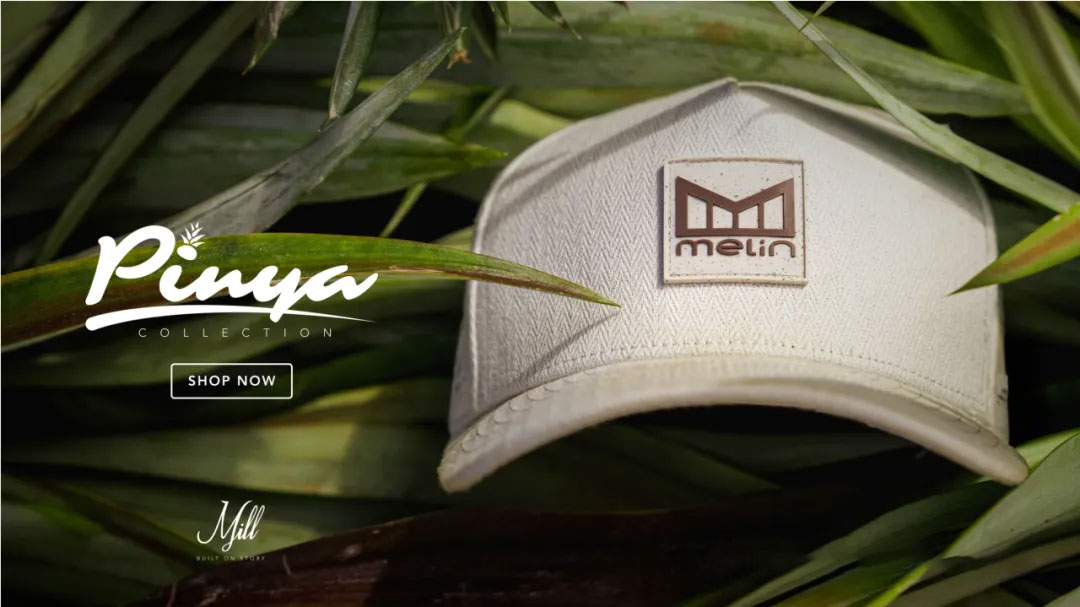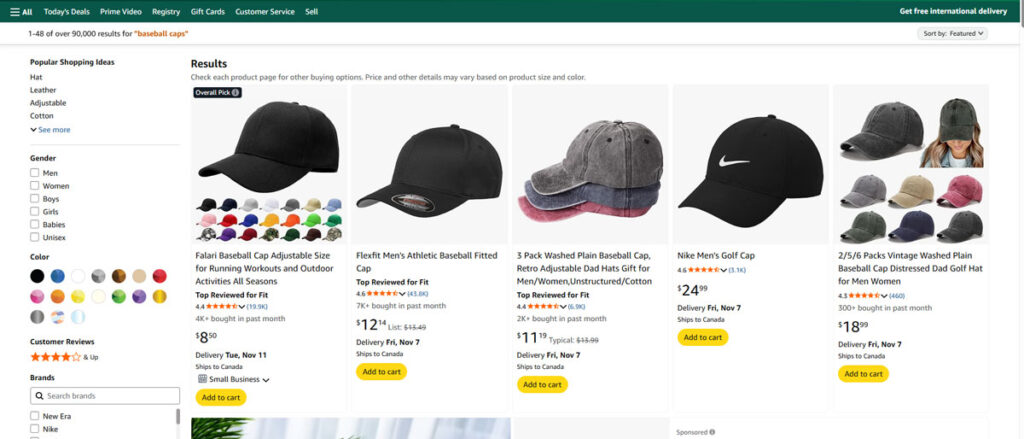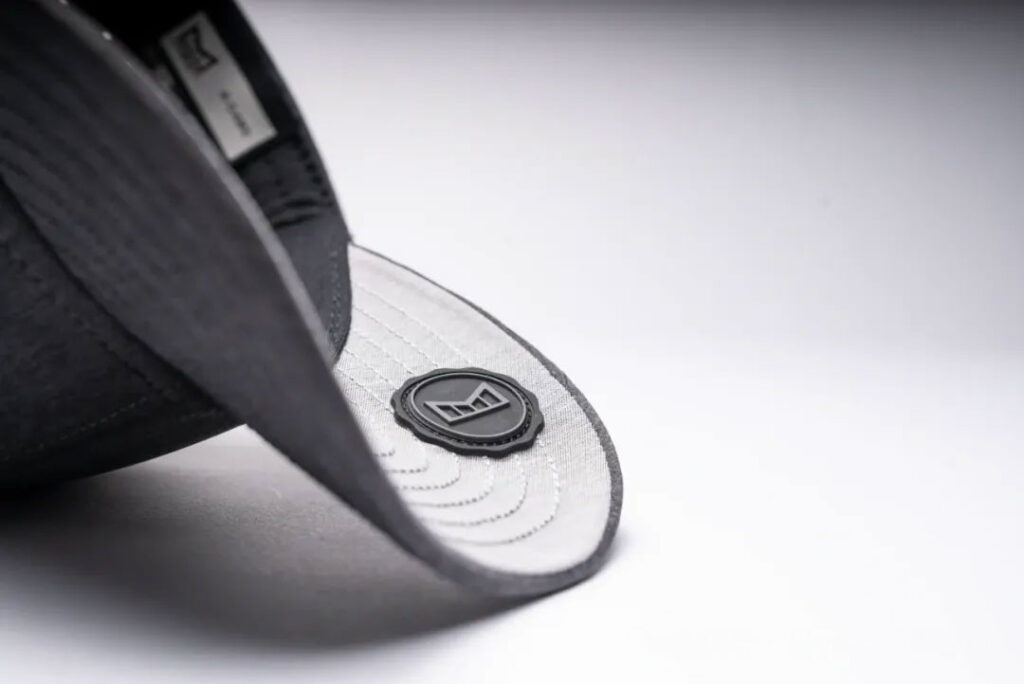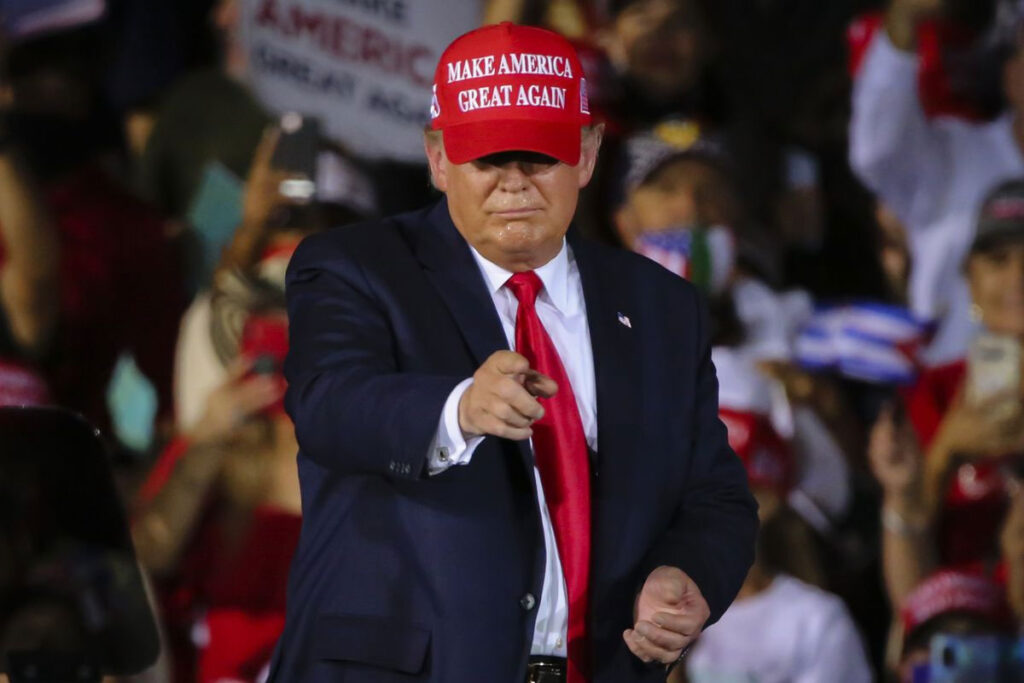Why Are Melin Hats So Expensive: Decoding Melin’s High-Premium Branding Strategy
Published On: November 6, 2025 By: ray herb

Introduction
While most baseball cap brands were embroiled in a price war between $10 and $20, Melin stands out with its high pricing of $69 to $99, even launching limited-edition models priced at over $1,000, achieving annual revenue exceeding one million US dollars. This case proves that a high-premium strategy is not unfeasible; the key lies in the reshaping and communication of brand value.
Why Are Melin Hats So Expensive?
Is a $100 Baseball Cap Too Expensive?
If you asked this question to other sellers, most of them would instinctively say, “That’s too expensive — it’ll never sell.”
But when you find out that a brand selling only baseball caps has released a $1,200 hat, and that every drop sells out — it’s hard not to feel a little envious, isn’t it?

This is Melin, an American baseball cap brand that not only sells high-priced caps successfully, but also achieved over $1 million in revenue within just one year of its founding. Today it has become the preferred high-end headwear brand for many stylists, athletes, and fashion consumers.
This $1,200 hat is made of full-grain bison leather, stingray skin, and red velvet fabric, with a 0.08-carat diamond set in the M logo.
Luxurious fabrics like these are one of Melin’s brand hallmarks, offering a glimpse into its high-end product strategy. However, Melin’s success over decades cannot be simply attributed to piling on premium materials—after all, not every hat sells for $1200, nor does every piece use such rare fabrics. The precise execution of its product and marketing strategies is worthy of in-depth study by anyone looking to enter the overseas high-end accessories market.
High-quality materials, meticulous attention to detail
Melin’s story began in 2013 (some sources say 2014) when it was founded by two friends, Brian West and Corey Roth, who shared a passion for hats and outdoor activities. With its unwavering commitment to quality and design, the brand quickly gained recognition and secured investment in 2016 from the upscale lifestyle brand OluKai.
Unlike traditional baseball caps, most Melin caps are priced between $69 and $99 , far exceeding the average price of $10-20 for regular baseball caps on Amazon.

As a DTC brand without a long history, what supports its high premium? For consumers, the most noticeable difference lies in the superior materials and functional design compared to ordinary baseball caps:
- Rare materials: In addition to high-performance, functional fabrics (waterproof, sunproof, tear-resistant), Melin uses a large amount of high-grade natural materials such as Merino wool and Nappa leather, which significantly improves the hat’s versatility and durability.
- Durable construction: With reinforced panels and precision workmanship, Melin baseball caps are known for their “lasting shape retention,” which clearly distinguishes them from fast fashion hats.
- Thoughtful details: Every Melin baseball cap has a hidden pocket inside for storing cash, keys, and other small items, freeing up your hands; sports caps often come with moisture-wicking linings and antibacterial sweatbands, and some even designed for water sports like surfing can float on water; an even more thoughtful design is the rubber pad on the back of the brim, which makes it easy to place your thumb when putting on and taking off the cap, reducing dirt.

The high price did not hinder Melin’s sales; on the contrary, it established its image as a “high-end benchmark” among many hat brands, which is inseparable from the support of the booming US headwear market.
Cultural identity
A research report published by Spherical Insights & Consulting shows that the US headwear market was worth approximately US$7.9 billion in 2024 and is projected to reach US$16.2 billion by 2035. The compound annual growth rate (CAGR) from 2025 to 2035 is approximately 6.70%. Hats and caps hold the largest market share, and both the men’s and women’s segments are showing significant growth.
American consumers’ love for baseball caps has sown the seeds for the high-end market. Originally a functional item for sports and manual labor, baseball caps are now deeply rooted in American culture, becoming a staple of everyday wear for everyone . Male consumers, in particular, own baseball caps very often and prefer structured, branded designs; influenced by the athleisure trend and celebrity endorsements, women’s purchases of baseball caps are also steadily increasing.

More importantly, high-end baseball caps are becoming a new consumer trend. In the past, baseball caps were often associated with streetwear and sportswear styles, but with celebrities like Kanye West and Jay-Z frequently wearing luxury baseball caps at high-end events, they have transcended these limitations, becoming synonymous with effortless luxury and status symbols . Like a luxury watch or a designer handbag, a high-end baseball cap made of premium materials and featuring a prominent brand logo can become a vehicle for showcasing taste and brand recognition. When an item is ubiquitous, its premium version becomes a subtle symbol of status.
The popularity of sports culture has also brought increased demand for high-end baseball caps. The 2024 Major League Baseball All-Star Game attracted 7.6 million viewers, a 6% increase year-on-year ; the audience for baseball-related merchandise continues to expand, with baseball caps benefiting the most.
The rise of outdoor activities has made consumers more willing to pay for functional headwear that can improve athletic performance and protect against harsh weather, which has provided an opportunity for luxury brands like Melin that combine performance with aesthetics.
Of course, a core challenge that any high-end product market will face is how to make consumers feel that it is worth the price ; especially for baseball caps, how to break the inherent perception that “hats should be cheap”?
Melin’s Marketing Strategies
From “sunshade tool” to “status symbol”
Melin’s success began with a fundamental transformation of product value. The core functions of traditional baseball caps are sun protection and basic styling, while Melin, through the ultimate optimization of materials, craftsmanship, and details, has made them a symbol of a high-end lifestyle.
Through material innovation, Melin has abandoned common cotton or polyester fibers, opting instead for luxury-grade materials such as merino wool and Nappa leather, combined with functional fabrics that offer waterproofing and antibacterial properties . This material selection not only enhances durability and comfort but also justifies the higher price.

With unwavering commitment to craftsmanship, the brand emphasizes “durable and non-deforming” as its core selling point, addressing the common problem of traditional baseball caps easily deforming through precise stitching and structural optimization. This commitment to craftsmanship directly builds customer trust and justifies its high premium.

Detail optimizations, such as hidden inner pockets, moisture-wicking lining, and non-slip rubber pads on the brim, may seem minor, but they significantly enhance the user experience . These details allow consumers to perceive the “value behind the higher price,” thus making them willing to pay the premium.
The dual benefits of high-end demand and social media
Melin’s high-price strategy can be successfully implemented thanks to its accurate understanding of the target market.
Culturally, baseball caps have extremely high penetration in the US market , serving not only as sports accessories but also as part of everyday wear. With the rise of social media, they have further evolved into a trend symbol and a vehicle for self-expression.

Trend analysis reveals that middle- and high-income groups are no longer satisfied with mass-market products, but instead seek scarcity, design aesthetics, and brand stories . Melin has precisely tapped into this unmet need, offering high-end options that combine functionality with status symbolism.
The brand targets consumers willing to pay for quality and identity , rather than price-sensitive consumers. This demographic prioritizes emotional value over mere cost-effectiveness in their purchasing decisions.
Don’t Explain the Price, Demonstrate the Value
When faced with questions about “why it’s so expensive,” Melin did not respond directly, but instead used marketing narratives to let consumers perceive the value for themselves.
By strategically collaborating with key opinion leaders (KOLs), the brand chooses professional athletes and influencers in specific fields as spokespeople , rather than mainstream celebrities. These KOLs represent a “successful, confident, and outdoor lifestyle,” which aligns perfectly with Melin’s brand image, reinforcing its premium status.

Melin employs contextualized content marketing on social media, rarely simply showcasing its products. Instead, it places them within settings such as golf courses, private yachts, and mountain biking. This content constantly implies that “owning Melin equates to entering a high-class circle,” thus fostering a sense of identity among users.
On platforms like YouTube, many analyses and reviews of Melin focus on its “expensive” price. Discussions abound, such as “Why is it so expensive?”, “Is it worth the price?”, and “Why did I choose such an expensive baseball cap?”, essentially serving as online mouthpieces . The actual content mostly involves analyzing materials, craftsmanship, and detailed design to justify the high price.
Controversial marketing not only sparked public curiosity and a desire to explore, encouraging more people to learn about the brand, but also continuously reinforced Melin’s high-end positioning in the discussions . As consumers gained a deeper understanding, they came to accept the justification for its high prices and were thus more willing to pay for its value.

The controversy-controversy strategy involves guiding the discussion from “why is a hat so expensive?” to a deeper analysis of the materials, craftsmanship, and details. This controversy then becomes evidence of the product’s strength, completing the transformation from “questioning” to “awareness” to “acceptance.”
